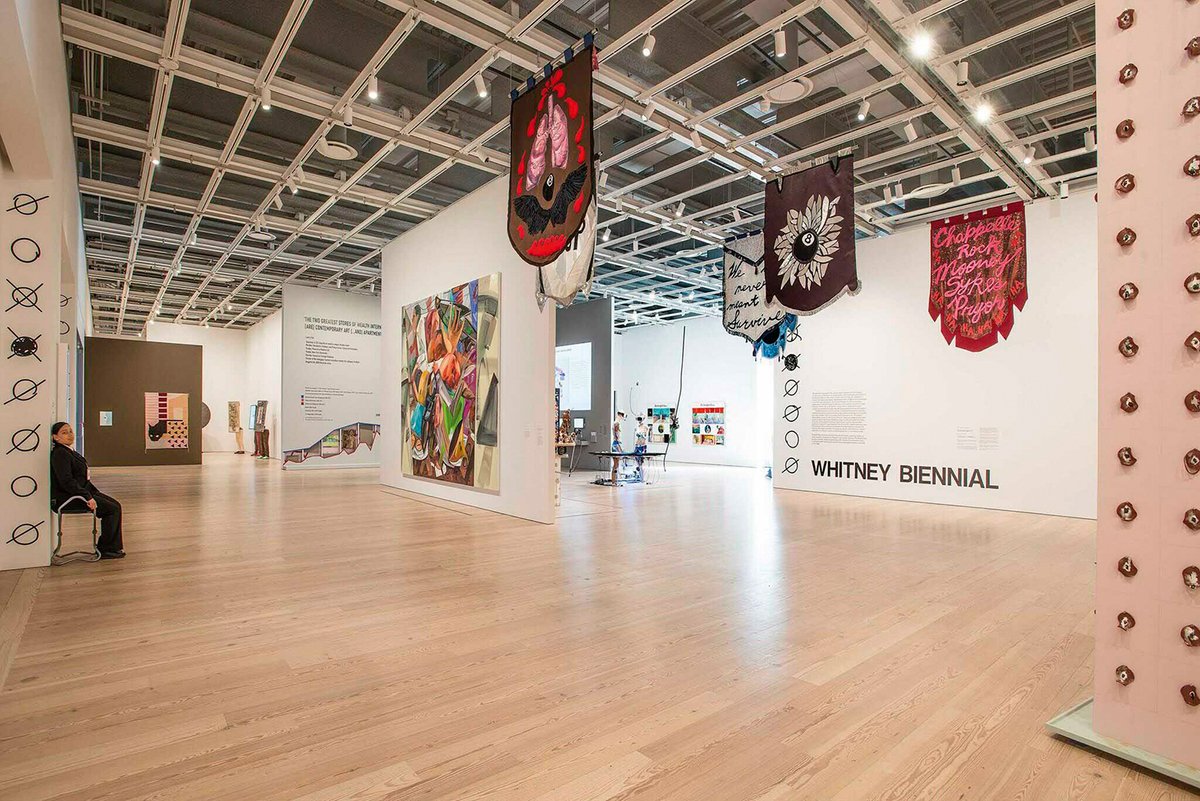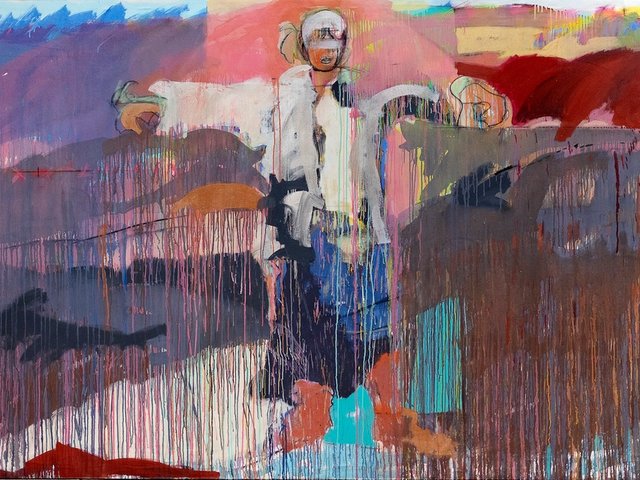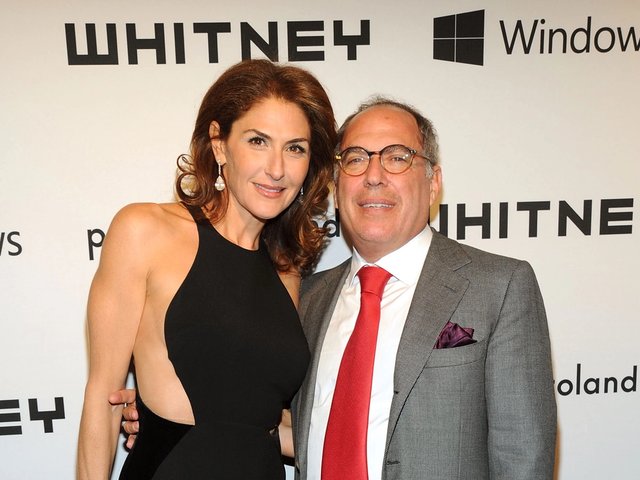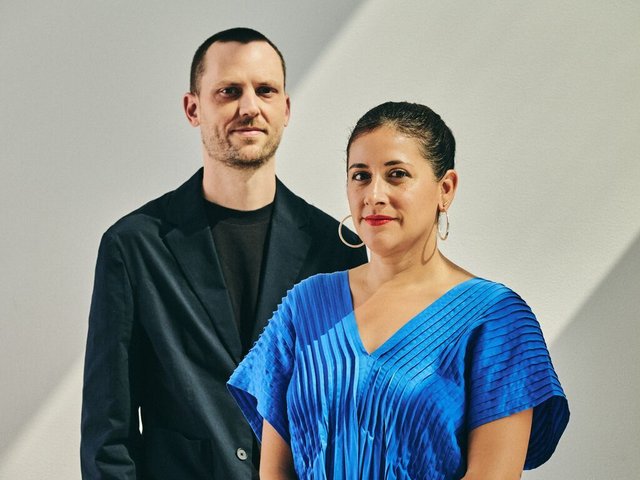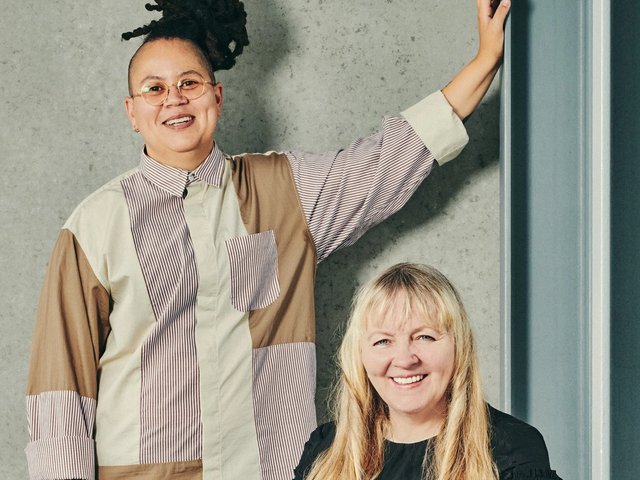While having dinner with a group of artists recently, I said something that made the entire table go silent: “The Whitney gave artists a fee of $1,500 each to participate in the 2019 biennial.” This was not, in fact, a secret. I had read about the fee, given to participants in the Whitney Museum of American Art’s high-profile biennial group exhibition, in The New York Times a few years earlier. But the artists reacted as if I had told them the most consequential piece of gossip imaginable. (“What?” “How much?” “Really?”) “Did $1,500 sound like a lot or a little?” I asked. They went silent again. They were not sure.
This response is emblematic of the loaded, complex nature of artist fees—payment to artists for providing their work to an exhibition, as opposed to production funding, which supports the creation of work for a show. Artists feel strongly about the subject, because it symbolises how their labour is valued outside the capricious, financialised art market. But they have also built their livelihoods without relying on such fees, which have historically been paltry—if they are offered at all—and are rarely discussed publicly.
“It wasn’t like, ‘Oh nice, I can pay some bills,’” says the artist Kahlil Robert Irving of the $1,500 he received for participating in the 2021 New Museum Triennial, the first edition for which the institution offered such fees. “It was like, ‘I’m getting recognised for participating in some way.’”
Payment for inclusion in a biennial or group show at a US museum tends to range from $500 to $3,000
These days, payment for inclusion in a biennial or group show at a US museum tends to range from $500 to $3,000, according to the artists and museums I surveyed. The fee might be higher for a solo or two-person exhibition, but it rarely exceeds $5,000—I’m focusing on biennials and group shows here, because they offer the closest apples-to-apples comparison across institutions.
The idea that artists should be compensated for providing their work to a museum exhibition has been broadly recognised only within the past several years, sources say. Alternative art spaces and kunsthalles were early adopters; large collecting institutions came around more slowly. According to conventional wisdom, museum exposure helps artists sell their work outside the institution’s walls. Museums’ money, or so the traditional way of thinking goes, is better spent buying and preserving art than paying extra for temporary shows. But artists and activists point out that this approach ignores the substantial time and effort required to work with museums—labour for which everyone else involved, from the curator to the studio manager, is compensated.
I find the whole system a bit exploitativeAnonymous veteran biennial artist
“The labour of showing at an institution is so much more than showing at a gallery, but it’s also how I legitimise myself and my work,” says one artist who has shown in a number of high-profile biennials and asked to remain anonymous because of the sensitive nature of the subject. “I find the whole system a bit exploitative.” She estimates that administrative work and consultation with curators account for about a third of the total time she spends on a show. And that does not include fundraising and applying for grants to help finance the production of ambitious projects, she adds.
When Eric Crosby, the director of Carnegie Museum of Art in Pittsburgh, first arrived there as a curator in 2015, the institution did not offer artist fees. After developing a fee system for solo exhibitions, in 2018 the museum began paying participants in the Carnegie International, its quadrennial exhibition. For the most recent edition, in 2022, artist fees ranged between $2,000 and $6,000.
Crosby considers artist fees inextricably linked to the museum’s work in diversity, equity, inclusion and access. “It’s core to thinking about how museums serve all our constituencies, artists included,” he says. “At the scale of budget that we’re talking about, if we can’t find these levels of compensation, then we should ask whether our budgets are really in alignment with our values as artist-centric institutions.”
Redefining the relationship
Artists in the 2024 Whitney Biennial, Even Better Than the Real Thing, receive $2,000 each—more than any previous edition, according to a spokesperson. (The museum started providing fees in 2017.) This year’s biennial features 71 artists, including two collectives, which means the Whitney has dedicated more than $150,000 to artist fees. The Hammer Museum, meanwhile, has paid artists $1,000 for inclusion in its Made in L.A. biennial exhibition since it began in 2012. Back in New York, MoMA PS1 offers artists a $500 base fee for large group shows like its quinquennial Greater New York, and larger fees for new commissions.
Working Artists and the Greater Economy (Wage), an activist organisation founded in 2008 that advocates for the regulation of artist fees in the non-profit sector, has played a large role in shifting the industry’s approach. “We’re trying to redefine the relationship between artists and institutions as being one of labour and not charity,” says Lise Soskolne, Wage’s core organiser, “especially given how fugitive and unreliable financial success is for artists.”
Among other tools, Wage offers an online calculator to determine how much artists should be paid for different projects (such as a solo exhibition, group show or performance commission) based on the presenting institution’s operating budget. Wage suggests, for example, that the New Museum and the Whitney pay artists a minimum of $1,875 for a large group exhibition.
What is to stop high-profile artists from demanding a disproportionately high fee?
Beneath the basic questions about baseline fees are even more complicated ones concerning how different kinds of art are funded and valued. Should artists who make large-scale video installations or deeply researched conceptual projects get the same fee as those who create market-friendly paintings? Should artists who lack commercial-gallery representation get a greater share? What is to stop high-profile artists from demanding a disproportionately high fee? On the other hand, might a curator be tempted to stack the deck with artists represented by blue-chip galleries, which are likely to help pay the production costs?
Wage tackles some of these variables by suggesting multiple tiers of payment: a floor wage, a minimum, a living wage and a maximum (which is shaped by the average salary of an employee at the host institution). In the end, however, each museum must determine what it deems fair. “That’s the thing about being an artist—there’s no perfect equivalence for your labour,” says my anonymous veteran biennial artist. Nevertheless, Crosby says, “even if the fee is nominal in comparison with what the artists are actually contributing… it’s a starting point”.


